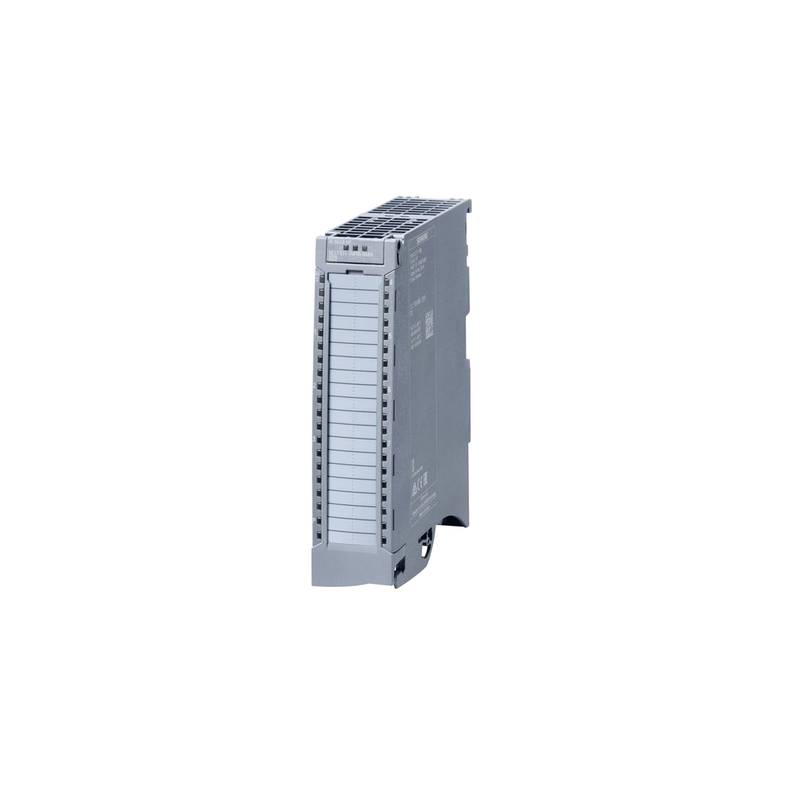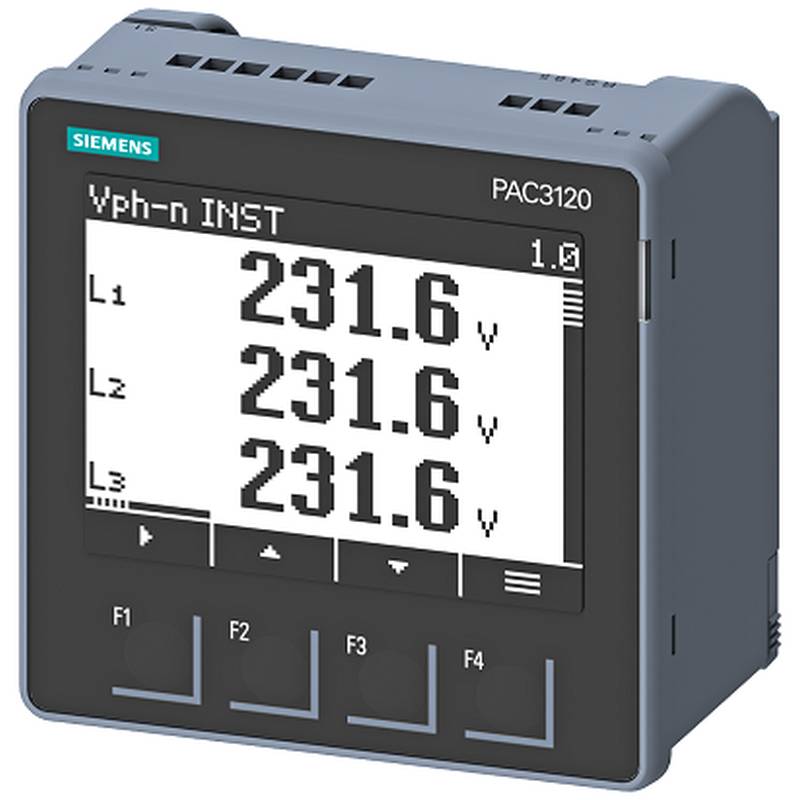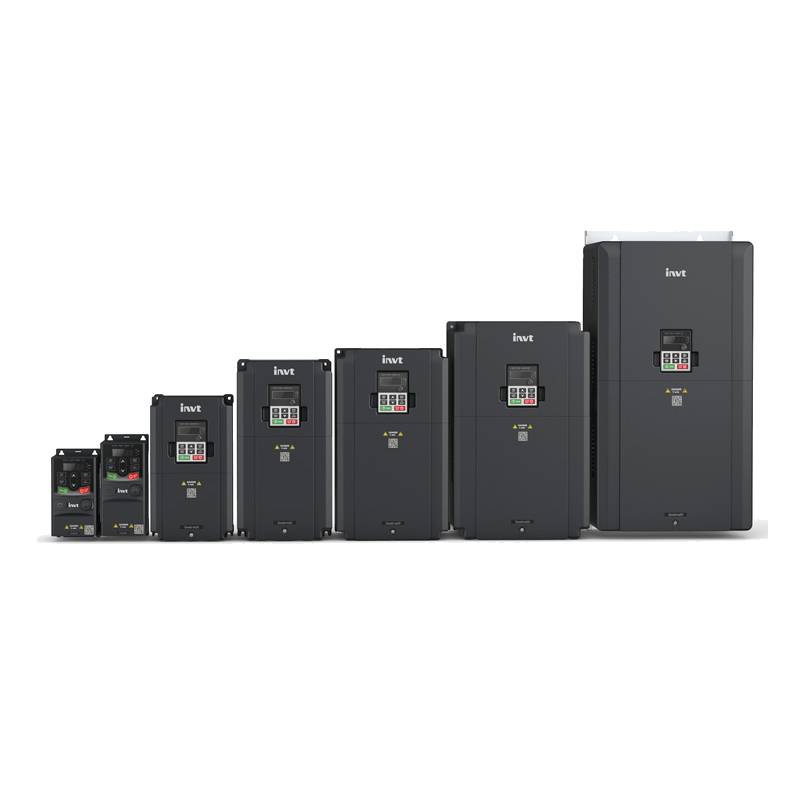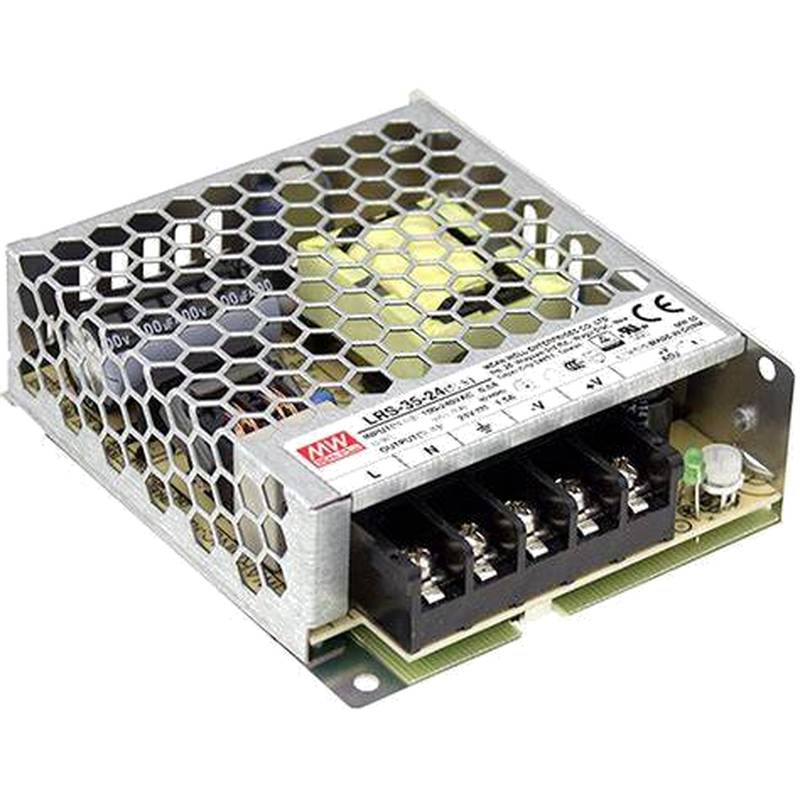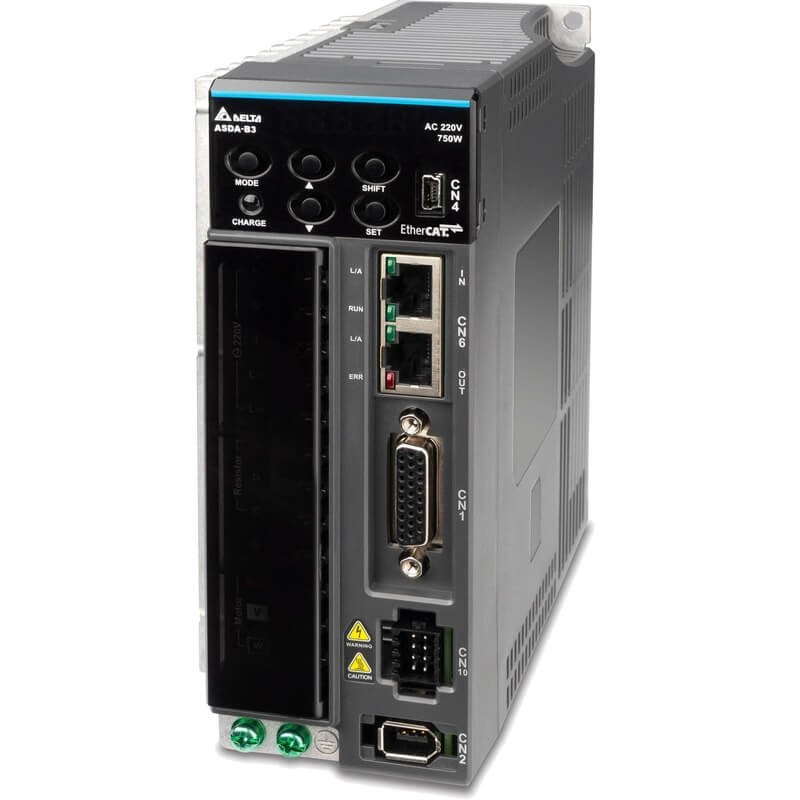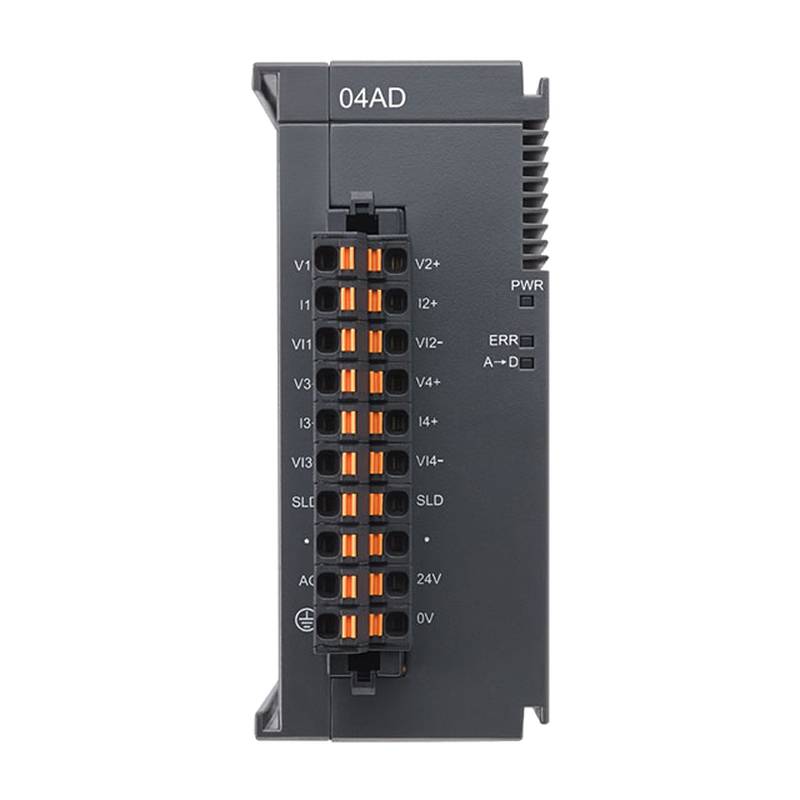
The Siemens 5SU1356-7KK10 is a high-performance double-pole residual current protector (RCD) designed for robust electrical safety. This 10A, 30mA, 1P+N (one pole plus neutral) device offers advanced protection against earth leakage faults, crucial for preventing electrical fires and shocks in demanding industrial environments. Its C-type tripping characteristic ensures reliable operation in circuits with moderate inrush currents, making it a superior choice for safeguarding sensitive equipment and personnel.
Siemens 5SU1356-7KK10: Product Specifications
| Specification | Value |
| :------------------------- | :---------------------------------- |
| Product Type | Residual Current Protector (RCD) |
| Poles | Double Pole (1P+N) |
| Rated Current (In) | 10A |
| Rated Residual Current (IΔn) | 30mA |
| Tripping Characteristic | Type C |
| Rated Voltage (Un) | 230/400V AC |
| Frequency | 50/60 Hz |
| Breaking Capacity (Icn) | 6 kA |
| Terminal Type | Screw Terminal |
| Mounting Type | DIN Rail |
| Protection Class | IP20 |
| Standards | IEC/EN 61009-1, IEC/EN 61009-2-1 |
| Ambient Temperature Range | -25°C to +55°C |
Core Features & Market Positioning
The Siemens 5SU1356-7KK10 stands out in the market due to its robust construction and Siemens' renowned reliability. Its double-pole design effectively disconnects both the live and neutral conductors simultaneously, offering enhanced safety compared to single-pole devices, particularly in IT (IT neutral) systems. The 30mA sensitivity is the standard for personal protection, immediately tripping the circuit upon detecting dangerous leakage currents. Furthermore, the Type C tripping curve is engineered to tolerate higher, yet short-duration, inrush currents typical of inductive loads, such as motors and transformers, thereby minimizing nuisance tripping and ensuring operational continuity. This combination of features positions the 5SU1356-7KK10 as a premium solution for applications demanding stringent safety standards without compromising system stability.
Key Application Scenarios
This specific RCD is ideally suited for a wide array of industrial applications where electrical safety and operational reliability are paramount. It is frequently employed in control cabinets for machinery, distribution boards in manufacturing facilities, and power distribution for sensitive electronic equipment. The 10A rating makes it perfect for circuits powering smaller to medium-sized motors, lighting systems, and ancillary equipment. Its 30mA sensitivity is critical for protecting personnel in areas where direct contact with electrical components is possible, such as workshops, laboratories, and areas with elevated humidity. The Type C characteristic is particularly beneficial in environments with inductive loads that can cause temporary overcurrents upon startup.
Practical System Integration Guidance
Integrating the Siemens 5SU1356-7KK10 into existing or new electrical systems is a straightforward process, leveraging standard DIN rail mounting. Ensure that the incoming power supply is safely isolated before commencing any wiring. The device features clearly marked terminals for line (L) and neutral (N) input and output. Typically, the incoming live conductor connects to terminal 'L in', and the neutral to 'N in'. The outgoing live and neutral conductors for the protected circuit are then connected to 'L out' and 'N out', respectively. It is imperative to maintain correct polarity and ensure all connections are securely tightened to prevent overheating and ensure optimal performance. For circuits requiring switching of both live and neutral, the double-pole design ensures simultaneous disconnection, enhancing safety. Always adhere to local electrical codes and standards during installation.
Operation and Risk Mitigation
The primary function of the Siemens 5SU1356-7KK10 is to detect residual currents—unbalanced currents flowing between the live and neutral conductors, often indicative of a fault to earth. When such a current exceeds 30mA, the RCD rapidly trips, interrupting the power supply. This mechanism significantly mitigates the risk of electric shock, as it can deactivate the circuit before a lethal current passes through a person. It also reduces the likelihood of electrical fires caused by persistent earth faults that could overheat wiring. Regular testing of RCDs is a critical aspect of risk mitigation; a simple push of the integrated 'Test' button should simulate a fault condition and verify that the RCD trips correctly. Should the RCD fail to trip during testing or trip erratically, it indicates a potential fault within the device or the protected circuit, necessitating prompt inspection by a qualified electrician.
Scalability & Long-Term Value
Siemens electrical components are renowned for their compatibility and longevity, and the 5SU1356-7KK10 is no exception. It integrates seamlessly with other Siemens circuit protection devices, such as miniature circuit breakers (MCBs) and surge protection devices (SPDs), within standard distribution boards and control panels. This compatibility ensures that systems can be easily expanded or upgraded as electrical demands evolve. While the 5SU1356-7KK10 itself is a robust, fixed-specification device, its value lies in its ability to protect downstream equipment and ensure the reliable operation of circuits, thereby extending the lifespan of connected assets. Its adherence to international standards also guarantees its suitability for a wide range of global projects and its long-term relevance in industrial electrical infrastructure.
Frequently Asked Questions (FAQs)
What is the primary function of the Siemens 5SU1356-7KK10?
This RCD provides essential protection against earth leakage currents. It rapidly disconnects power when a dangerous imbalance is detected.
It safeguards against electrical shock hazards for personnel. It also helps prevent fires caused by faulty wiring or equipment.
The device is rated for 10A circuits with a 30mA sensitivity, ideal for personal safety.
Can the Siemens 5SU1356-7KK10 be used for motor protection?
Yes, its Type C tripping characteristic makes it suitable for circuits with motors. It tolerates the inrush current motors draw on startup.
This feature prevents nuisance tripping, ensuring motor operation is not interrupted unnecessarily. It still provides crucial earth fault protection for the motor circuit.
For higher motor currents, supplementary overload protection via an MCB or overload relay would be required.
How do I test the Siemens 5SU1356-7KK10 RCD?
Locate the integrated test button on the front of the device. Ensure the circuit is energized and connected.
Press the test button firmly; the RCD should trip, disconnecting the power. This confirms its operational integrity.
If it does not trip, or trips intermittently, a qualified electrician must inspect it for faults.
What does "Double Pole" mean for this RCD?
"Double Pole" signifies that both the live (L) and neutral (N) conductors are switched. They are disconnected simultaneously when a fault occurs.
This offers superior safety, especially in IT systems or where complete isolation is mandated. It ensures full circuit de-energization.
This contrasts with single-pole RCDs, which only switch the live conductor.
What is the significance of the 30mA residual current rating?
The 30mA (milliampere) rating indicates the maximum earth leakage current that will cause the RCD to trip. This level is considered safe for human contact.
It is the standard sensitivity for personal protection against electric shock. It responds quickly to potentially lethal currents.
Lower sensitivity RCDs (e.g., 10mA, 3mA) are used for specific sensitive equipment or fire protection.
Why is the "C" in 5SU1356-7KK10 important?
The "C" denotes the tripping characteristic, indicating how much overcurrent the RCD can withstand before tripping due to inrush. Type C devices tolerate higher inrush currents than Type B.
This makes them ideal for inductive loads like motors, transformers, and lighting ballasts. It minimizes false trips during normal equipment startup.
Type C offers a balance between sensitivity for protection and tolerance for common industrial inrush scenarios.
What is the breaking capacity of this RCD?
The breaking capacity, denoted as Icn, refers to the maximum fault current the RCD can safely interrupt. For the 5SU1356-7KK10, this is 6 kA (kiloamperes).
This rating ensures the RCD can safely handle short-circuit faults without being destroyed. It protects the downstream circuit and electrical installation.
This 6kA rating is sufficient for most standard residential and commercial distribution systems.
How is the Siemens 5SU1356-7KK10 installed?
Installation involves mounting the RCD onto a standard 35mm DIN rail within a distribution board or enclosure. Terminals are clearly marked for incoming and outgoing Line (L) and Neutral (N) connections.
Proper wiring is crucial: input L/N connects to the supply, and output L/N connects to the protected circuit. Secure all screw terminals firmly.
Always disconnect power before installation and ensure compliance with local electrical codes and regulations.
What standards does the Siemens 5SU1356-7KK10 comply with?
This RCD is manufactured to meet stringent international safety and performance standards. It adheres to IEC/EN 61009-1 and IEC/EN 61009-2-1.
These standards specify the requirements for residual current operated circuit-breakers with integral overcurrent protection. Compliance ensures product reliability and safety.
Meeting these standards guarantees the device's suitability for use in a wide range of global electrical installations.
Is this RCD compatible with other Siemens components?
Yes, Siemens designs its protection devices for excellent system integration. The 5SU1356-7KK10 is compatible with other Siemens MCBs and components used in standard distribution panels.
This allows for the creation of a cohesive and reliable electrical protection system. Expansion and maintenance are simplified due to this interoperability.
It fits seamlessly into Siemens' broader range of industrial electrical solutions.
















